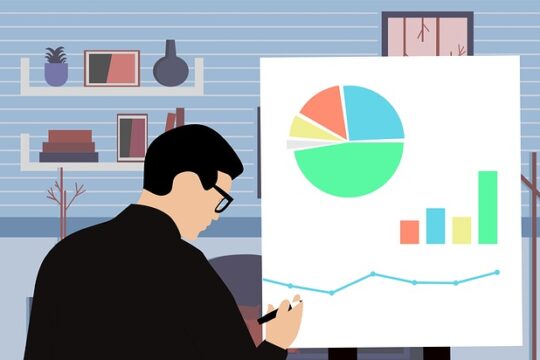
It’s hard to overstate the importance of keeping your business finances in order.
An important part of that process is reconciling invoices. Reconciliation is when you’ll check that your accounts line up with your incoming and outgoing invoices. It may sound like a daunting task, but it’s simpler than it seems.
Here’s the brief guide that makes reconciling invoices a simple process.
Table of Contents
Organize Your Records
Organizing your invoices by vendor and then by date is one of the easiest steps you can take to simplify reconciliation. This keeps all of your invoices in a logical sequence, so you can check records for specific financial periods.
Keeping things grouped by vendor makes it easy to pull the records for a particular company. This is useful if you’re reconciling because of an issue reported with a specific account — such as a supplier saying it has been underpaid for a few months. Problems like these tend to affect specific suppliers or clients because they’re usually a workflow problem, not a widespread accounting problem.
Compare Records
With your preparations made, it’s time to start the reconciliation. Pull up your bank records for the period and compare them against your invoicing records. When you go through things line by line, discrepancies should become obvious.
This step can get complicated when there are a lot of accounts involved or where references aren’t given on transactions. It’s a good reminder about the importance of purchase orders, which can make reconciliations like this a lot simpler.
Note Anomalies
You probably won’t want to resolve each and every anomaly as it comes up. Instead, make a note of them and keep moving through the reconciliation. Once you reach the end of the invoices for the period, you can double back and carry out a full investigation for any anomalies you spotted.
These investigations can sometimes take a lot of time, and you may need to speak to multiple people to get them sorted. That’s why it’s better to treat this step as a separate process, so it doesn’t bog down the full reconciliation.
Take Preventative Steps
One of the secondary objectives of invoice reconciliation is to find ways to avoid issues in the future. Use this time to identify common threads. Here are some common problems you might spot:
- Delayed payments
- Discounts not being correctly applied
- Invoices not being interrogated to see if they match the work completed
You can see these are all avoidable issues if the right steps are taken. In theory, each reconciliation should tighten up your processes to prevent these issues. Automating parts of the process, like using an invoice generator, could help you avoid problems in the future.
Reconciling Invoices Made Easy
As you can see, reconciling invoices sounds like serious accounting business, but the concept isn’t too difficult. With these tips, you can ensure your incoming and outgoing invoices match your records to keep your business finances on the level.
Looking for more finance tips? Check back often to see what’s new.



